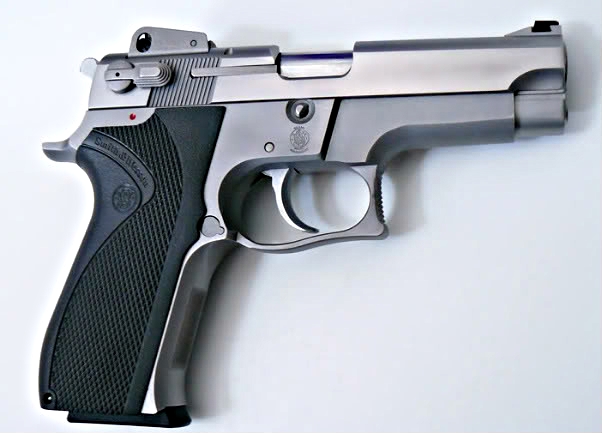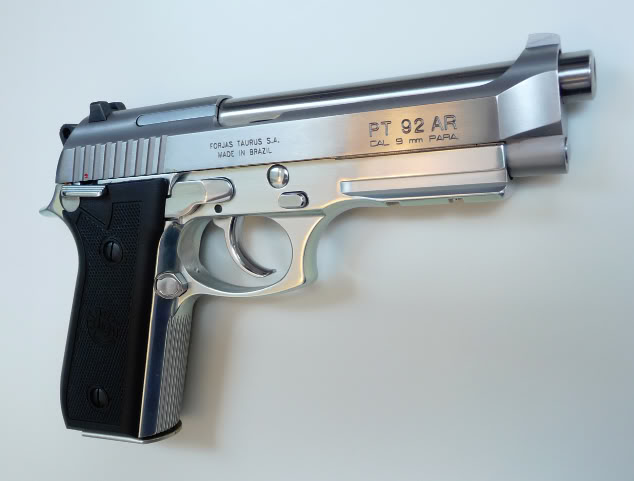I guess it is a matter of perspective.
The 357 Sig begins where the 9mm +P+ stops. The ammo I use in my 357 Sig is Underwood 115 grn JHP's @ 1550 fps, I don't know of any 9mm load that gets closer than about 200 FPS slower, that is a lot of energy.
My Glock 31 C is factory ported, I have a factory ported 40 S&W BBL and a non ported 9mm conversion BBL. All three shoot to the same POI/POA with whatever I shoot thru it. Due to the porting they all have about the same objective feel when shooting, just the 40 & 357 are louder.
I do not use much 357 Sig ammo for practice for the reasons mentioned above. Cost is a non issue for carry ammo. I shoot this gun in IDPA and literally shoot thousands of rounds a year thru it. It is my main carry gun.
At the time I had my 357SIG's, the standard load was a 125-grain bullet at 1350fps. There were a few, like Double Tap, who were getting a little more out of them, but it wasnt a "whole lot more". I know things have advanced some, but I dont think things have changed all that much.
200fps with a 125 grain bullet, equates to 11 foot/pounds. Nothing Id call a major difference.
As far as I know, 40,000 is still the limit for 357SIG. How they get more velocity out of it with the same weight bullet, has always been a question, if not questionable.
Im simply going by what the Speer engineer told me about rounds of similar pressures and bullet weights producing similar velocities and performance. They call +P+ 9mm to be 40,000psi as well.
Im sure powder burn rates and a few other things are involved as well, but Ive never really wanted to get lost in that rabbit hole trying to find out. I just like to shoot them.

Believe me, I was big time Gung Ho, 357SIG when I first got into it, and got into it more than a few times with a couple of people defending it, who were saying that 357SIG wasnt really any, or all that much different.
They were, I believe now, to be correct in what they were saying. But, I was still in that emotional denial stage.

Hey, if it floats your boat, by all means, stay with it and enjoy it.
I think if you get to looking though, most all the major calibers perform to the same base standard, and really dont do anything "more better" than another.
I went back to 9mm simply because its a lot cheaper, so I shoot more for the same money, a bit more versatile, and the guns chambered in it usually carry more ammo than the other, larger calibers Ive used in the past.
I still have a number of those guns/calibers too, and shoot them regularly, and each time I do, it just confirms (for me) my choice.
Pick the one you find you shoot the best with, and I doubt it will let you down, if you do the same for it.



